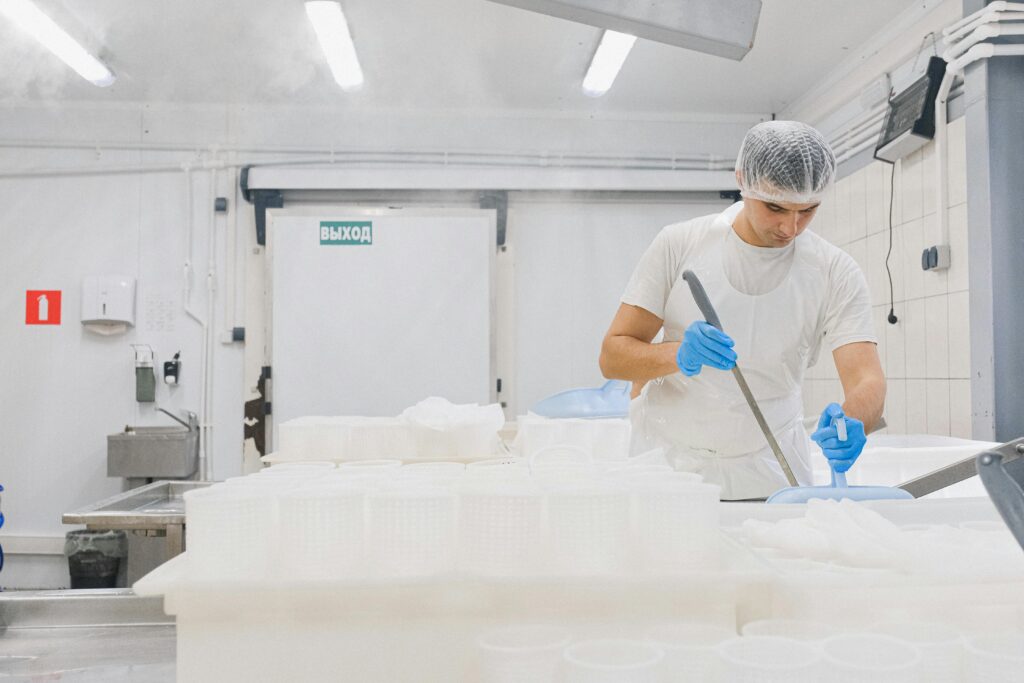
In the competitive landscape of sanitary industries, the design and implementation of hygienic machinery are paramount. Early integration of certified components in machinery design not only ensures compliance with industry standards but also brings numerous advantages that can give businesses a competitive edge. This article explores 10 visuals that will change your perspective on the key advantages of early implementation of certified components in hygienic machinery design.
1. Writing > Thinking
Writing your thoughts down creates clarity, especially in the planning and design stages of machinery. A clear mind is sharper, more productive, and more effective, leading to better decision-making and innovative solutions in machinery design.
2. Managing vs Leadership
A manager restricts you, whereas a leader guides you. In the context of machinery design, leaders who drive the implementation of certified components make a real impact by ensuring quality and compliance, while managers might only focus on the cost and timelines.
3. Don’t Use Fancy Words
Simple sells. Using complicated language only limits you. Clear and straightforward communication about the benefits of certified components helps in gaining stakeholder buy-in and streamlining the implementation process.
4. The Power of Purpose
It’s perfectly normal to experience imposter syndrome in complex projects. However, once you find your purpose, such as ensuring the highest hygiene standards, you will be able to push past it and drive successful implementation of certified components.
5. The Truth About Failure
Failure is never a bad thing as long as you learn from it. Shifting your mindset to view failure as an opportunity can lead to innovative solutions and continuous improvement in the design and implementation of hygienic machinery.
6. Storytelling and Its Impact
The impact of a story depends on how you tell it. Storytelling is one of the highest-leverage skills you can build, especially when communicating the benefits of certified components to stakeholders. A compelling story can drive home the importance of early implementation.
7. Resourcefulness is Key
Most of us have access to the right tools yet won’t use them. Being resourceful and leveraging these tools can help unlock success in the implementation of certified components, ensuring hygienic and efficient machinery design.
8. Clarity with Writing
Writing stops you from being stuck in your own thoughts. Even 5 minutes can make a huge difference to your clarity levels, which is crucial when designing and implementing certified components in machinery.
9. Complete Creativity
Creativity can come from anything, not just positivity. Embrace all emotions and learn to leverage them to your advantage. This can lead to innovative designs and solutions in hygienic machinery, ensuring compliance and efficiency.
10. Fill Your Cup First
You have to be at your best to give your best to others. It’s much easier to help others and lead successful projects when you are feeling great yourself. This is true for leaders implementing certified components in hygienic machinery design.
Case Studies
Case Study 1: Dairy Industry
A leading dairy company integrated certified components early in their machinery design, resulting in enhanced hygiene standards, reduced contamination risks, and increased product shelf life. This gave them a significant competitive advantage in the market.
Case Study 2: Pharmaceutical Industry
A pharmaceutical manufacturer adopted certified components early in the design of their processing equipment. This ensured compliance with stringent regulatory standards, minimized product recalls, and bolstered their reputation for quality.
Case Study 3: Food Processing Industry
A food processing company implemented certified components in their machinery design from the outset. This led to improved cleanliness, reduced downtime for cleaning and maintenance, and ultimately higher production efficiency.
Case Study 4: Beverage Industry
A beverage producer embraced the early implementation of certified components, which resulted in superior sanitation and operational efficiency. This not only met regulatory requirements but also enhanced their brand image as a provider of safe, high-quality products.
Key Advantages of Early Implementation of Certified Components in Hygienic Machinery Design Across Sanitary Industries
Early implementation of certified components in hygienic machinery design offers numerous advantages, from compliance and quality assurance to operational efficiency and competitive edge. By embracing clear communication, purposeful leadership, and resourcefulness, businesses in sanitary industries can achieve significant improvements and sustained success.